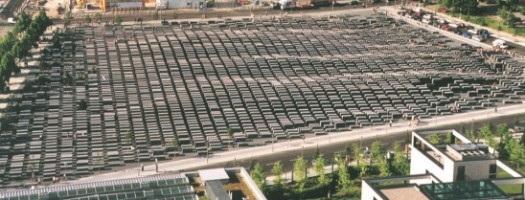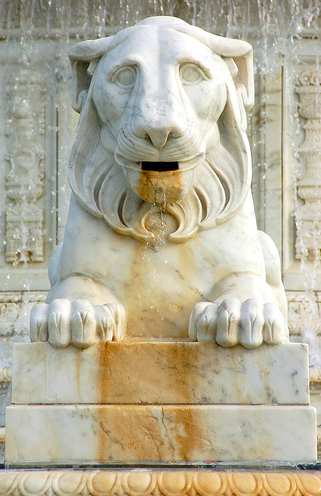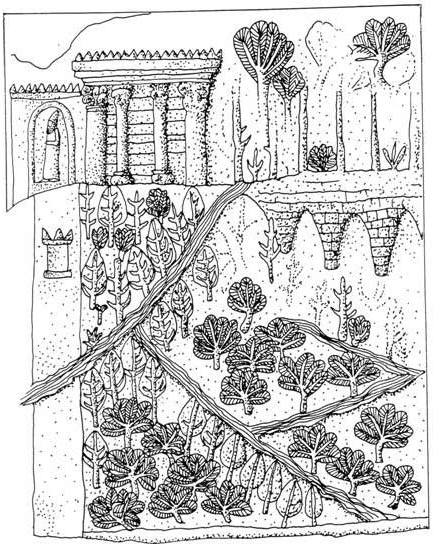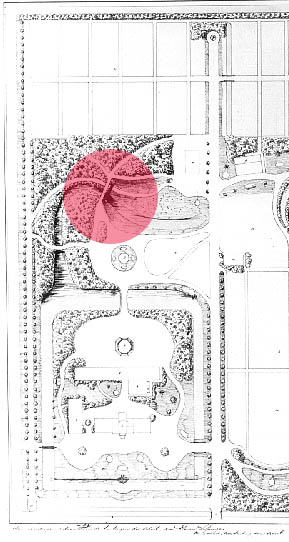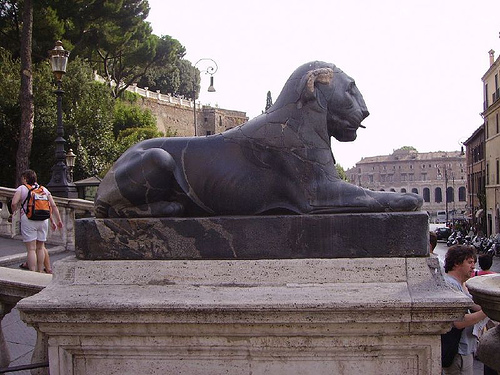Classical (garden) architecture
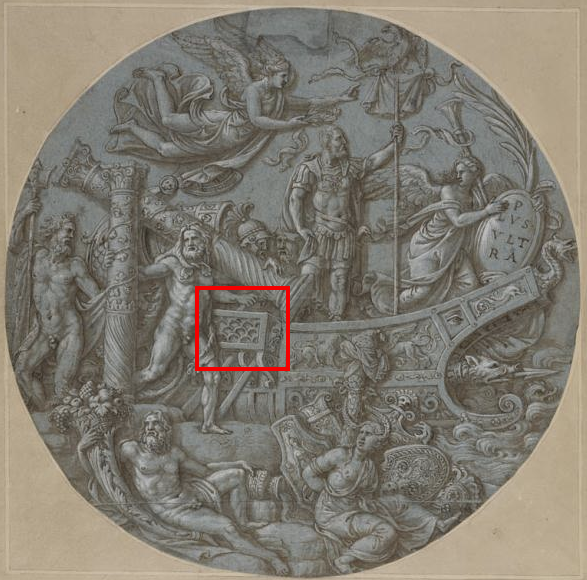
Some motifs that are passed on from classical architecture till this day are quite well known. Others are not so obviously classical. Here a small decorarive motif used in a bridge in Paris is traced back to a Roman mural dating from 30-20 BC. But a 16th century drawing shows that the motif was never really forgotten.
Some motifs that are passed on from classical architecture till this day are quite well known. Others are not so obviously classical. Here a small decorarive motif used in a bridge in Paris is traced back to a Roman mural dating from 30-20 BC. But a 16th century drawing shows that the motif was never really forgotten.

